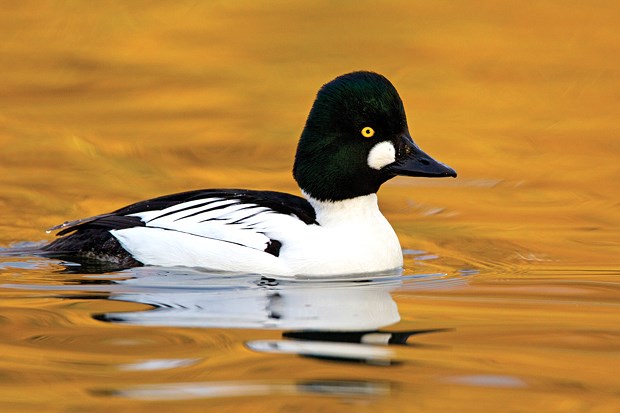Signs abound around us that nature is on the move.
Days are getting shorter, evenings are markedly cooler, golden rod is in bloom and birds are restless as they prepare for fall and migration.
We experienced a rather warm summer this year, and it might be assumed that it will somehow affect bird migration. Dr. Stephen Kress, author of Bird Life – A Guide to the Behaviour and Biology of Birds, has some interesting facts about bird migration. He notes, “The timing of migration is linked to the length of the day,” and that, “Birds migrate to find ample food to power their rapid metabolism.”
Birds like warblers, vireos, flycatchers and swallows will soon leave the North Shore embarking on an incredible journey that will take them to Central and South America. For example, purple martins of the Conservation Area at Maplewood Flats make passage all the way to Brazil. A Wild Bird Trust fact sheet about martins notes they stop in the southwest United States and northwest Mexico before completing their journey through Central America to Brazil. The information sheet goes on to say that the martins make a round trip of 22,000 kilometres. Much bird migration takes place at night, at least for many small birds, but there are many aspects of bird migration that we can see and appreciate.
It’s always a great thrill for me when a flock (skein) of geese are winging their way overhead. We, of course, have our local Canada, but we can watch for northern birds heading south, sometimes high in the sky. Note that the Canada goose has been split into two species: the Canada goose and the cackling goose.
And while some birds retreat south from the North Shore, others are arriving to spend the winter here. Already surf scoters, a beautiful black and white duck, have been spotted gathering in Burrard Inlet. They will be joined by goldeneyes (Barrows and common), bufflehead, scaup (lesser and greater) and possibly with a little luck long-tailed and harlequin ducks.
Keep watch too for grebes like the horned and red-necked, seen recently at the conservation area and still in their lovely breeding colours. Loons too will be arriving from their Interior breeding sites and, like the grebes, will change to a winter plumage.
It is interesting that on the other hand many ducks are in their best plumage after the breeding season into winter. In fact some, like the mallard, may even be seen courting in fall. When you see a pair of mallards facing each other and bobbing their heads up and down it is part of the courtship ritual.
The mallard is a dabbling duck or simply “dabbler” because it feeds “bottoms’ up” in shallow water. The poet Ogden Nash put it nicely in his poem “The Duck” that, “When it dines or sups, / It bottoms ups.”
Other dabblers to watch for at the sanctuary include the northern pintail, American wigeon, green-winged teal and gadwall.
Besides waterfowl, early fall is a good month to watch for migrating shorebirds (waders) like greater and lesser yellowlegs, least, Western and pectoral sandpipers.
When birds are staging, meaning getting ready for migration, habitat is not a reliable help in identification. It is different in the breeding season when habitat can be useful. For example, the hermit thrush, which breeds locally in sub-alpine forests, can be seen in a variety of lowland habitats in migration. Townsend’s warbler is another example of a mountain breeder that will flock together with other warblers in lowland habitats. Look for mixed flocks of orange-crowned, black-throated gray, yellow, yellow-rumped warblers along with vireos and flycatchers.
With lots of ripe berries, watch for fruit-eating species like robins, waxwings, grosbeaks and flickers. Recently we watched a flicker feeding on salal berries.
Summer’s bounty includes a good variety of nutritious fruits and seeds to help birds and other wildlife not only survive from day to day but to prepare for winter. Swifts and swallows need flying insects to eat, which they catch on the wing. The purple martin catches dragonflies in mid-air, especially the big blue ones (darners).
There is much nature to enjoy on the North Shore in the early fall. Birds, mushrooms and critters of all types await your discovery. Keep safe.
Al Grass is a naturalist with Wild Bird Trust of British Columbia, which offers free walks at The Conservation Area at Maplewood Flats on the second Saturday of every month. The next walk will be Saturday, Oct. 10 starting at 10 a.m. Participants will be looking and listening for fall migrants. Meet at WBT’s site office, 2645 Dollarton Hwy, North Vancouver. Walks go rain or shine. wildbirdtrust.org



